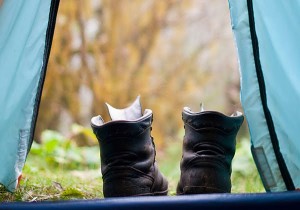 Finally, a movement that will hopefully bring more and more travelers to travel locally. Over the years, this type of travel is growing. Am talking about the new website www.localtravelmovement.com, a website bringing together proponents of local travel all in one place, so it is visible and has a movement status.
Finally, a movement that will hopefully bring more and more travelers to travel locally. Over the years, this type of travel is growing. Am talking about the new website www.localtravelmovement.com, a website bringing together proponents of local travel all in one place, so it is visible and has a movement status.
socialtours just joined it as one of the partners from Nepal, as this is where we are based, and this sort of movement is crucial for us, as we market direct and have to rely on clients who are aiming to buy locally.
Alex Narracott (www.muchbetteradventures.com) has described quite adeptly in an article entitled The importance of ‘travelling local’ in adventure sports (read it here) and I completely agree with him when he summarises at the end in this way
“Experience, access and sustainability. Three very good reasons why the adventure world as a whole – traveller, host and intermediary – should all being looking to go local at every opportunity”
I like to focus on the sustainability part. This is crucial for the future of businesses and the stability of the economies in the long run. As more and more people travel locally, all aspects of the business, from marketing to operations to after sales, start being performed by local operators, giving them much needed capacity boost, pride, skill enhancement etc, which in the long run will serve them good.

Interesting to read this background information about the situation in Nepal…
Posted by Bart van Poll | April 1, 2010, 1:22 pmVery interesting Raj. Political stability will always have a big influence on travel trends – a strong local travel industry should help as you say, but will destinations ever be free of these huge swings in popularity? Perhaps locally empowered communities will lead to less unstable political climates too – further improving the situation? Just a thought!
Posted by Alex | April 3, 2010, 2:22 pmThanks for the comments. Agreed that destinations will always have these huge swings, but if managed well, these swings have minimal effect.
Example, Bhutan! They only allow a limited number of people (read as are not bothered by volumes) and charge quite a high price. No matter how much the popularity swings for travel there, they will always get their 5000 travellers. This is one option towards sustainable economies!
The other is to maintain lower capacities, working on the infrastructural capacity control. Its not going to happen in Nepal, but at the moment, we are at around half a million tourists. This is fine, and no matter how much the popularity changes, I think we can still get these many tourists. We cannot also take too many more, unless we can address seasonality. In a way, this is good.
Add locally empowered communities to this environment, and we have very stable tourist economies.
Posted by Raj | April 4, 2010, 7:54 am